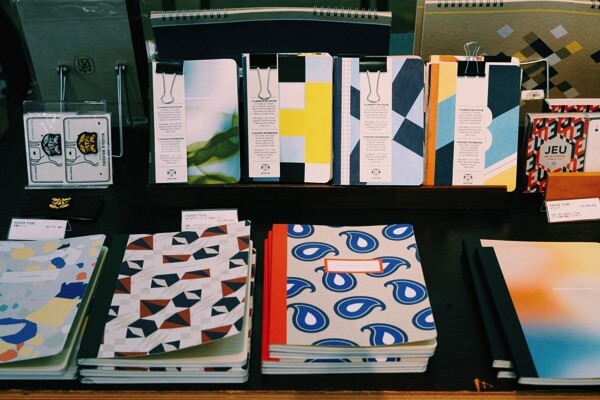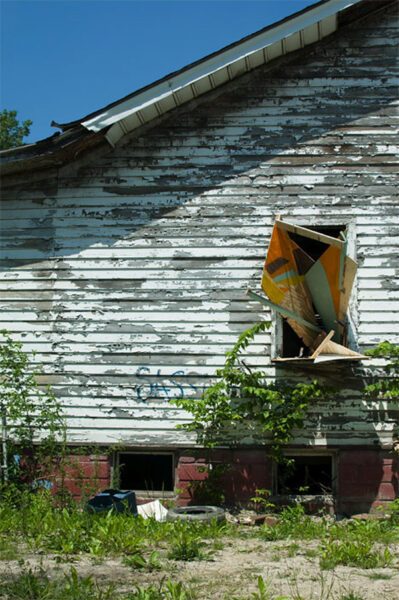
Author’s Note: This post was originally published on April 14, 2016. It has been updated and republished.
While in Tokyo I learned a new word, one that I think readers of this blog would enjoy. The Japanese word zakka translates into English as “miscellaneous goods,” but this is like describing caviar as fish eggs: true, but kind of misses the point. Zakka describes everyday things, but it doesn’t refer to ordinary junk. It’s about mundane things that have been elevated or carefully selected to improve one’s lifestyle.
Zakka: The Japanese Joy Of Everyday Things
I came across the term zakka while visiting an exhibit called Zakka: Goods and Things at 21_21 Design Sight. The exhibit was curated by Naoto Fukosawa, a designer for Muji. (A brand seemingly built on the idea of zakka!). Fukosawa defines the word as “things that accompany our everyday lifestyle spaces and provide an element of decoration.”
What is Zakka?
It’s hard to say exactly what is and isn’t zakka — it seems to be an almost entirely gray area. In fact, the word comes from the root zatsu, which means “things that cannot be categorized” or “things mixed together with great variety.” The key element is that zakka provide a decorative value in addition to a functional one. Paraphrasing a description I read in one article: a plastic ashtray wouldn’t be considered zakka, but a plastic ashtray from Paris with a Pernod logo sourced from a market might be. Handcrafts can be zakka, as can packaging, such as a beautiful bottle for hand soap, or cigar box that is saved and used to store photos. But antiques aren’t always zakka, especially if they’re expensive. Stationery, cooking utensils, and toys can all be zakka. Even very humble things, like these plastic gelato spoons, can be zakka.

The definition may be amorphous, but the underlying concept of zakka is simple: if you make good choices about the objects you surround yourself with, they will pay you back with joy. (A shared philosophy of this blog!) Naoto Fukosawa expresses it beautifully on the copy for the exhibit:
Through acts and experiences of searching for, selecting, buying, using, decorating, mixing and matching zakka, we rediscover the inherent allure of these miscellaneous things, and they in turn bring joy to our lives.
Joyful Everyday Objects
Not all zakka will be joyful objects, but the word presumes some emotional engagement in the process of acquiring them. Lacking a word for this in English, we also lack a framework for thinking about the pleasure of well-crafted, colorful, or otherwise joyful everyday objects. Our primary ways of categorizing objects are based on utility and cost — necessities vs. luxuries — which tends to shift the measure of value from joy to commerce.
The unfortunate side effect of this is that we attach a negative stigma to the act of investing in objects that bring us joy. Because we lack a word for household items that are more meaningful than “stuff,” yet not “luxuries,” we make their pursuit seem frivolous or wasteful, rather than a natural and even integral part of making a home and a life. At the same time, this framework also suggests that we need lots of money to make a home that’s joyful. Of course, plenty of people furnish vibrant, tasteful homes at very low cost. (And many fill expensive homes with joyless objects!) And still we fall into the trap of thinking we can’t afford objects that make our homes feel good.

Creating language for joy
What the exhibit made me realize is that there’s a hole in our language when it comes to everyday objects, and that this linguistic hole is actually a conceptual vacuum. One of the reasons Marie Kondo’s notion of “sparking joy” feels so foreign in the West is that we simply don’t think of our things in this kind of emotional way. But doing so unlocks really lovely possibilities for allowing the objects in our midst to become a joyful part of our lives, rather than just stuff. I think it also invites us to take better care of the things we have. Perhaps we need new language to help us, or perhaps we can simply borrow what exists. For my part, I’m happily welcoming zakka into my lexicon.
If you speak another language, are there words you use for relationships between people and things that don’t translate easily?




Discussion (4 Comments)
I’m enjoying your posts about Japan as I’m planning a trip in the near future! This made me think of Patti Smith’s “M Train”—her relationship/dialogue with objects is a running theme in the book (http://www.nytimes.com/2015/10/07/t-magazine/patti-smith-m-train-objects.html), very similar to the way Marie Kondo suggests thanking items for their service.
Thanks, Michelle! What a beautiful piece – I haven’t read M Train yet but it’s now on the list thanks to that gorgeous review.
I hope you have a wonderful trip to Japan. I love it here so much. Planning a joyful city guide to Tokyo for the blog in a few weeks to sum up all my favorite spots!
In Buenos Aires, Argentina, we call “chirimbolos” or “boludeces” to our zaka. These are deminigfull and humillating names. It makes us feel that we are wrong if we love them, sort of inmature or silly.
In the adult Autistic community, there is a lot of focus on this. The sensory joy of everyday things, even if they’re not deemed valuable by the larger culture, is one of the gifts of autism.